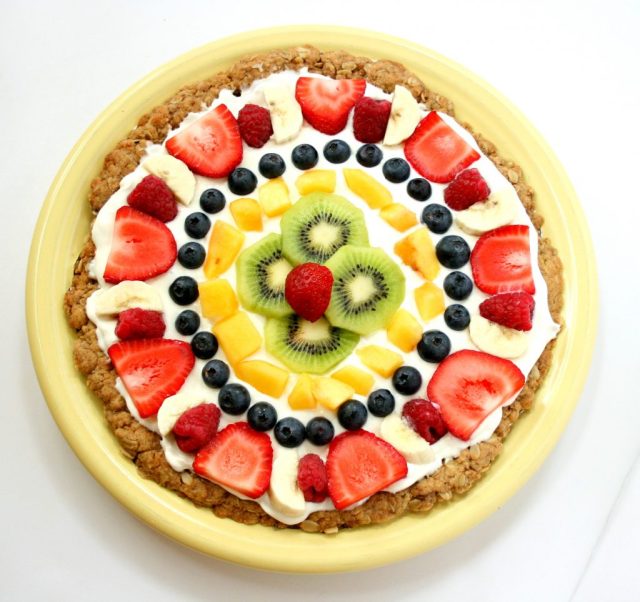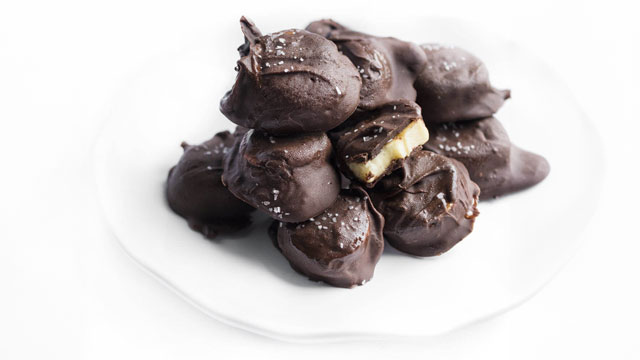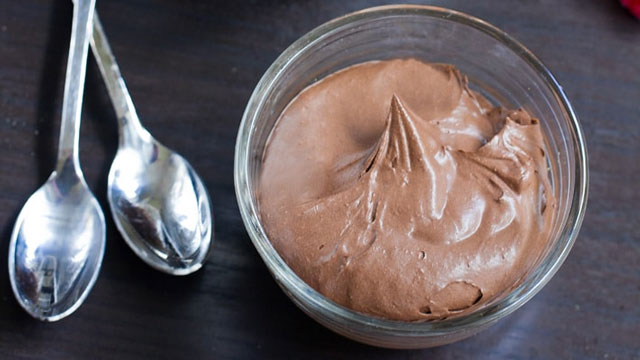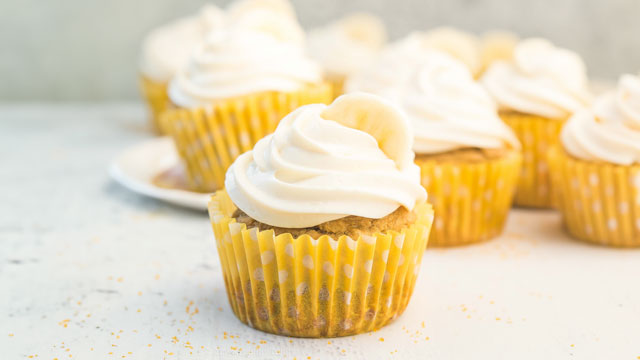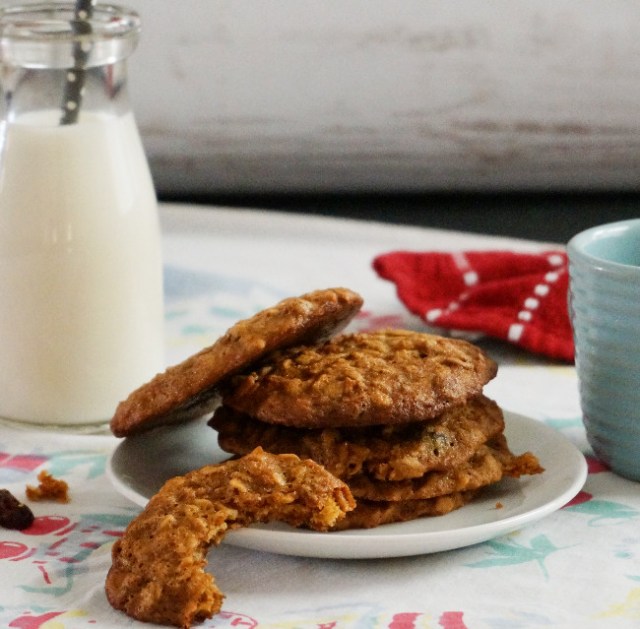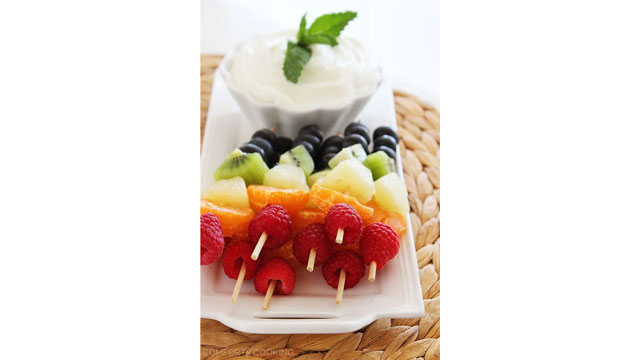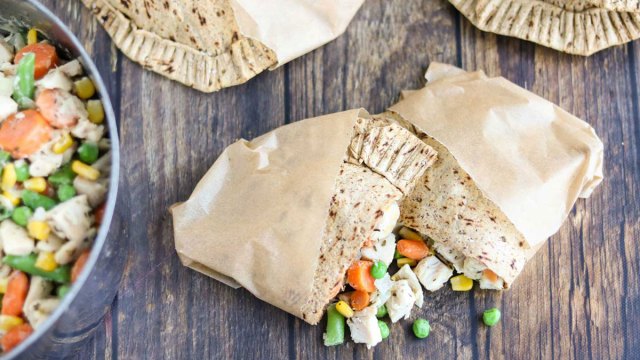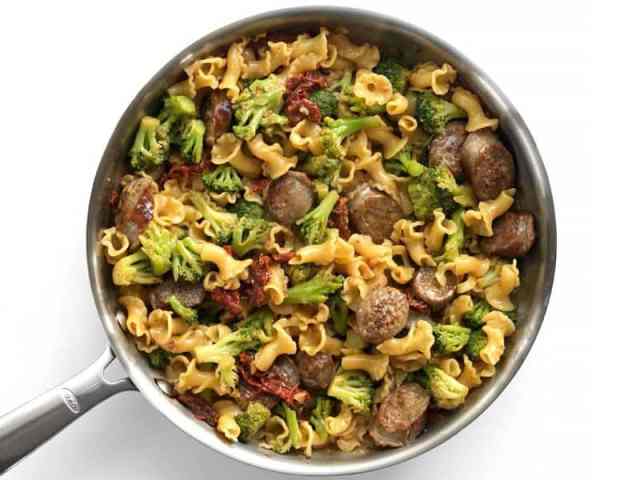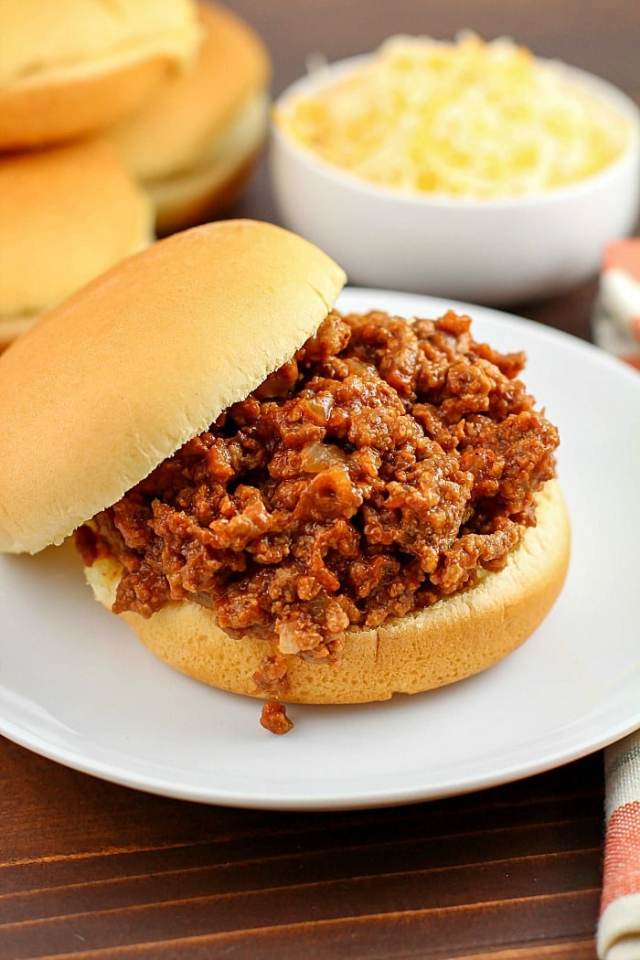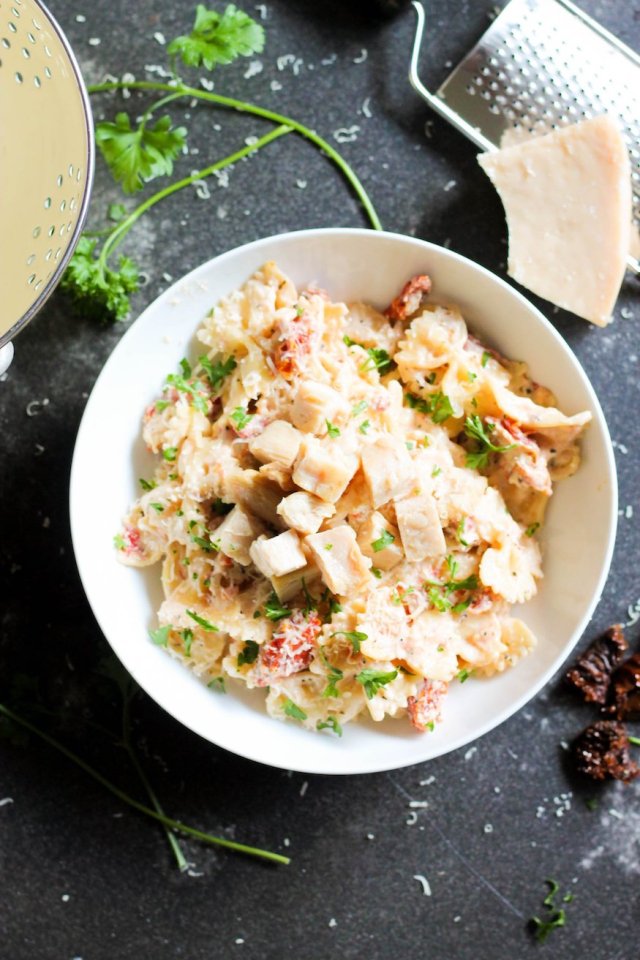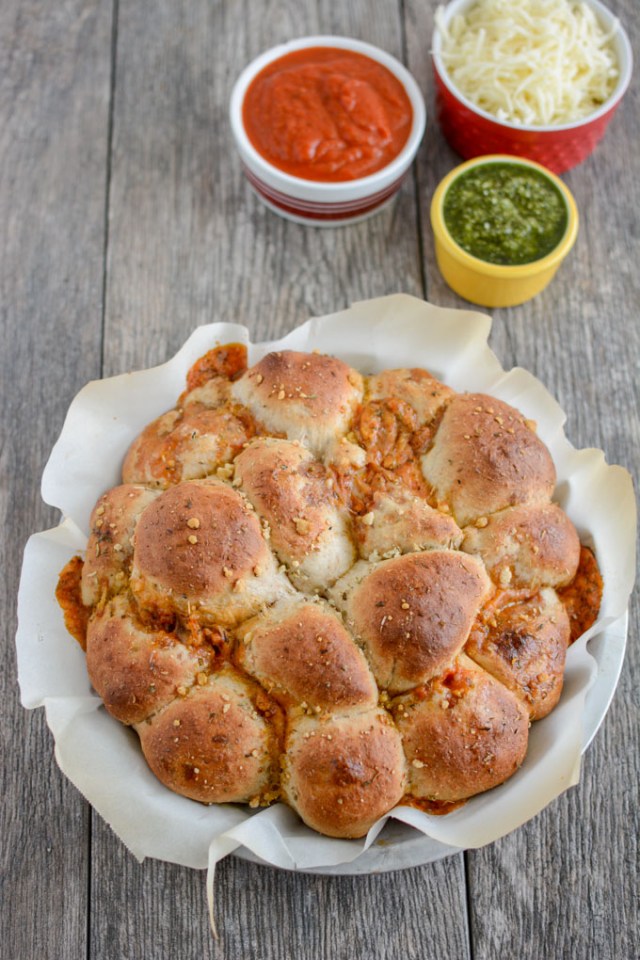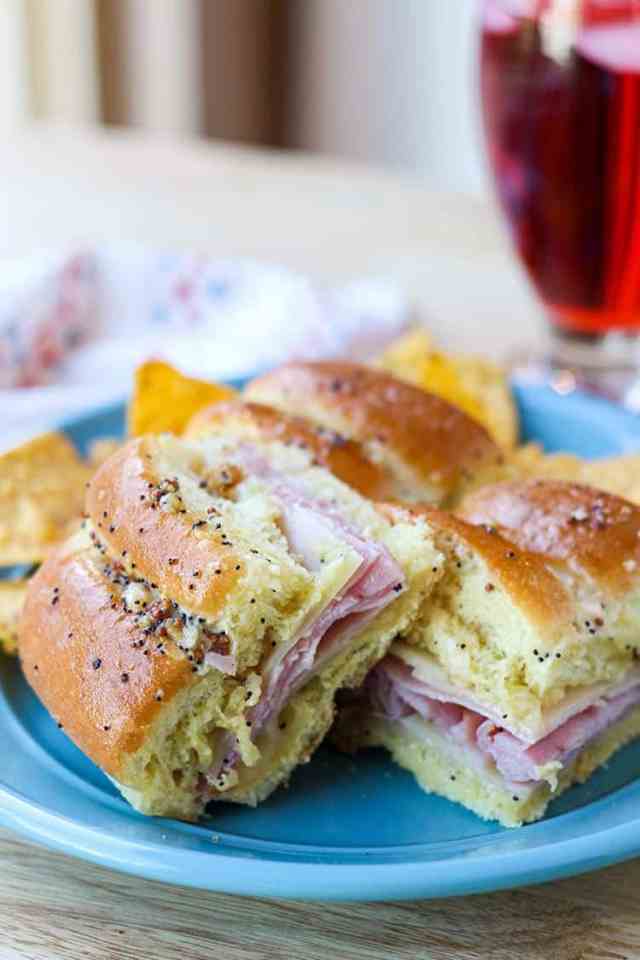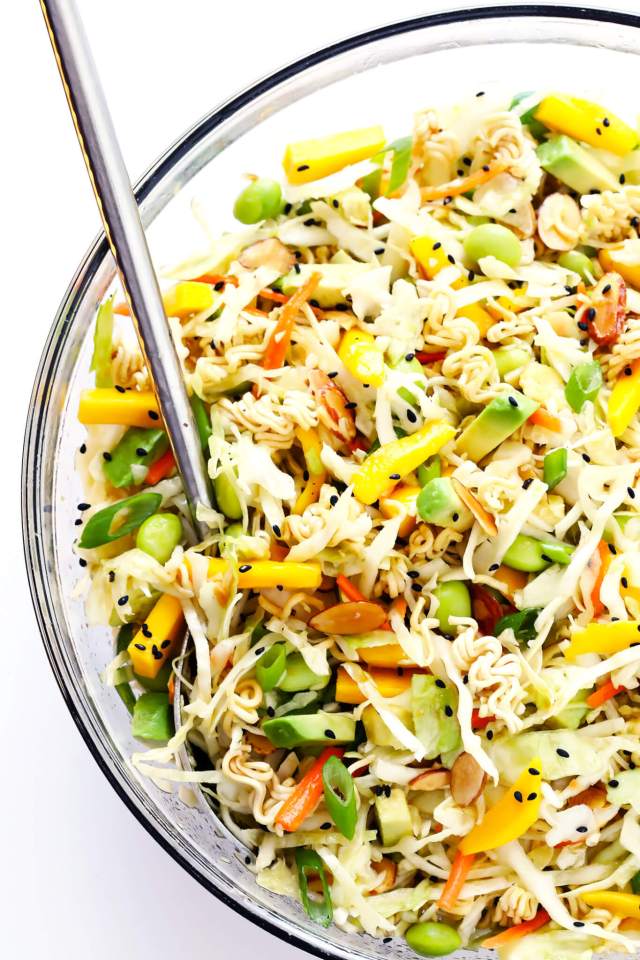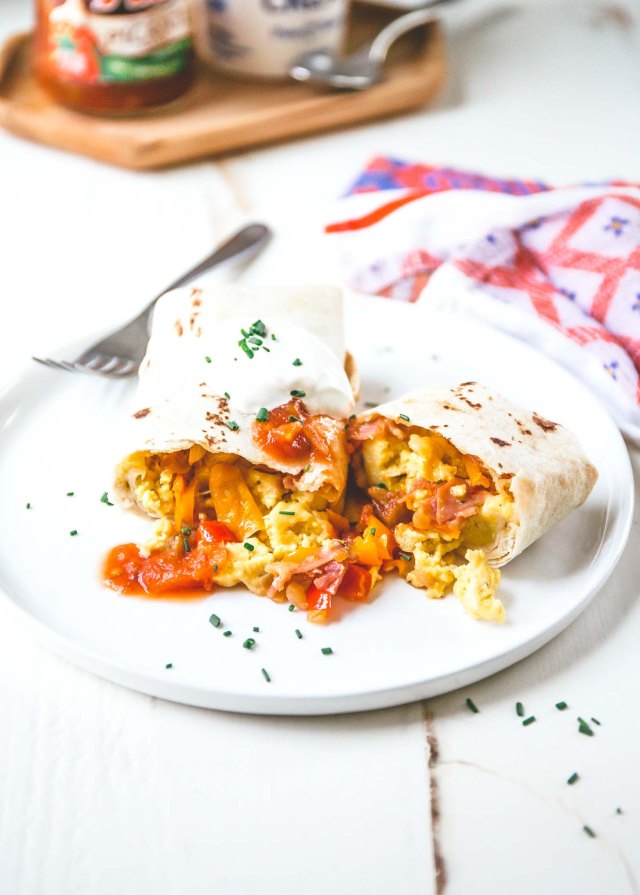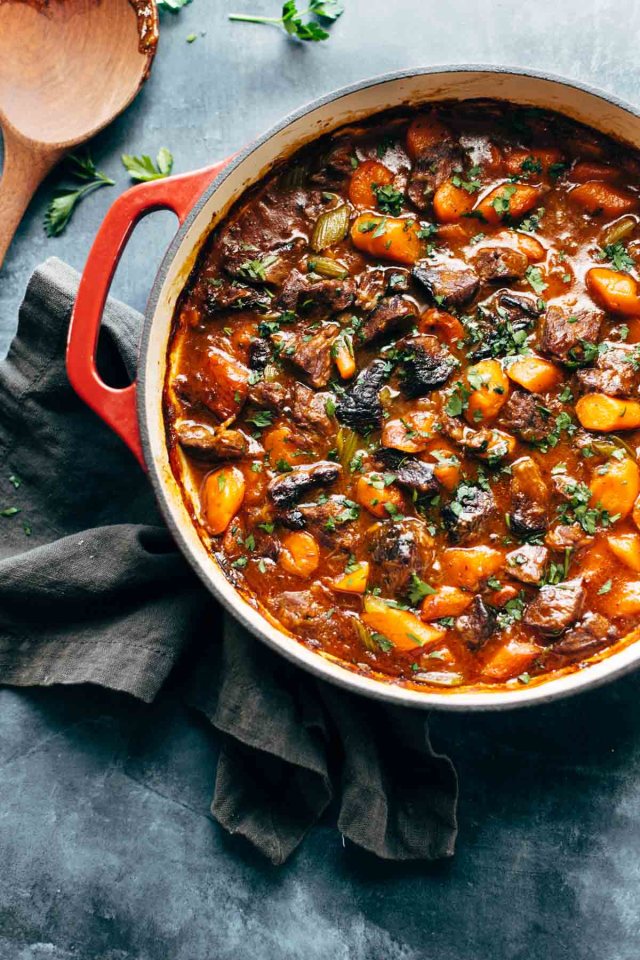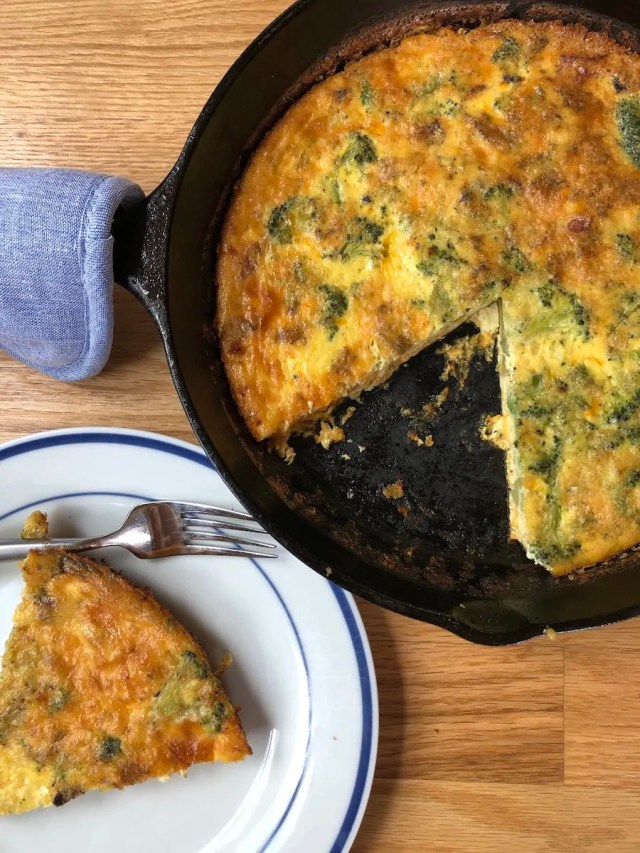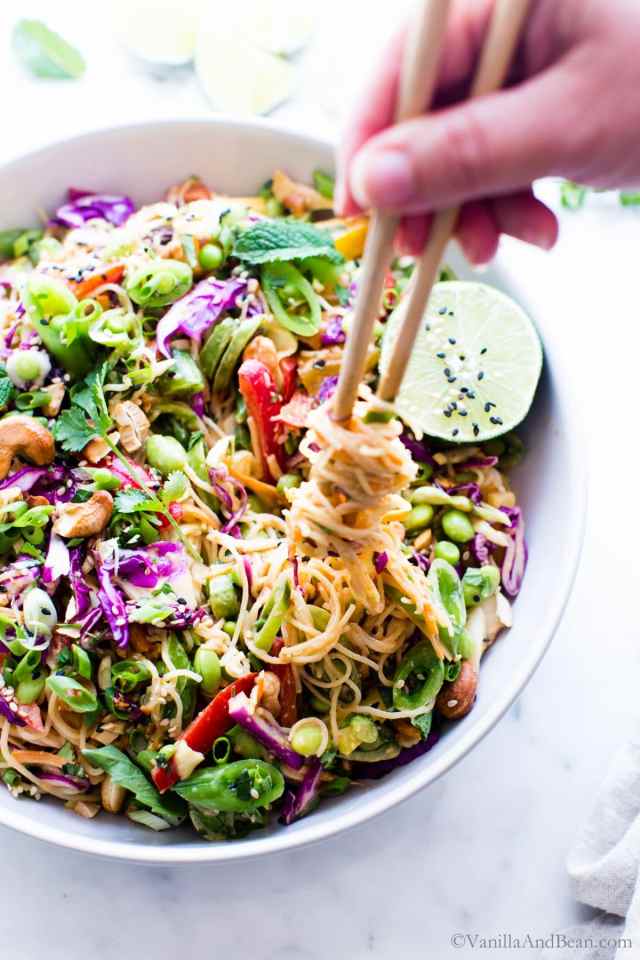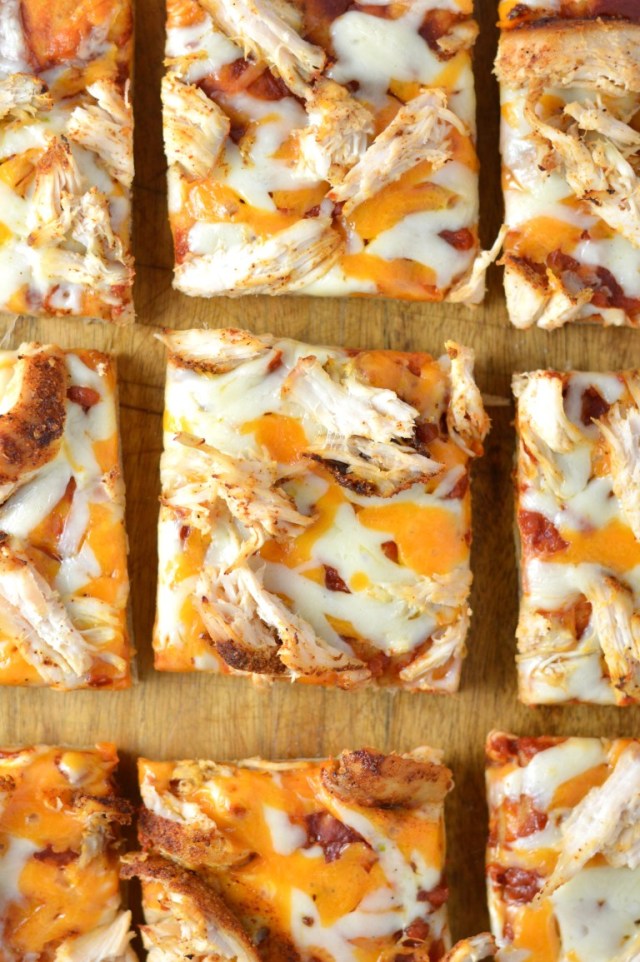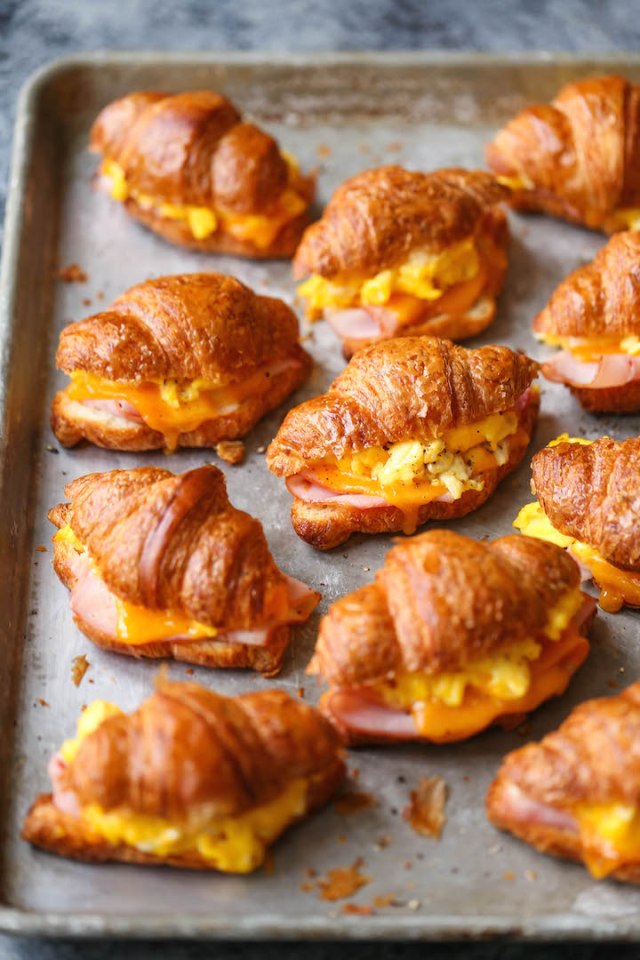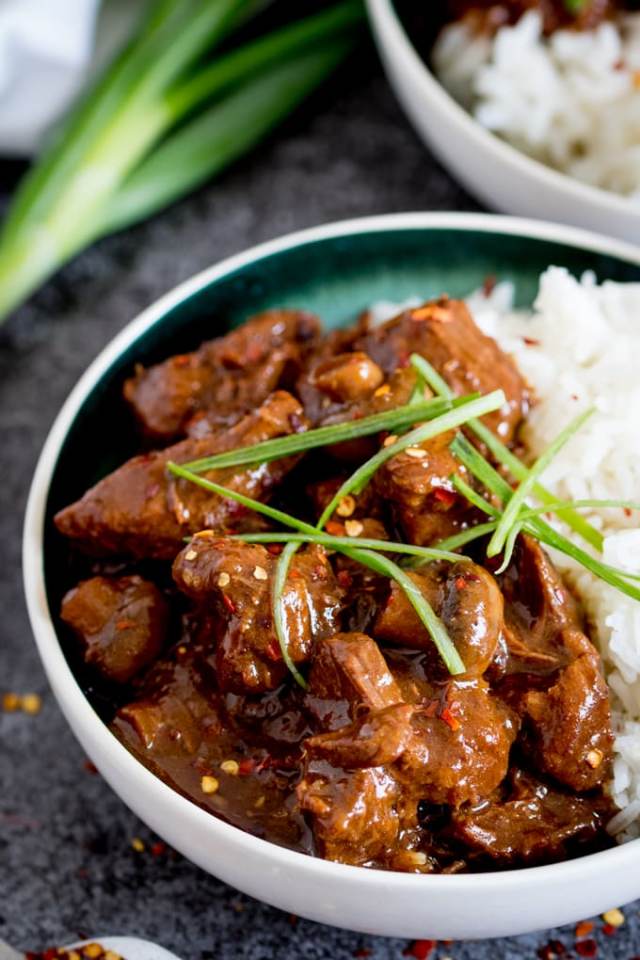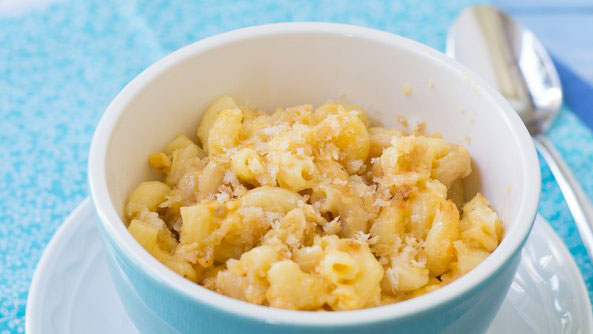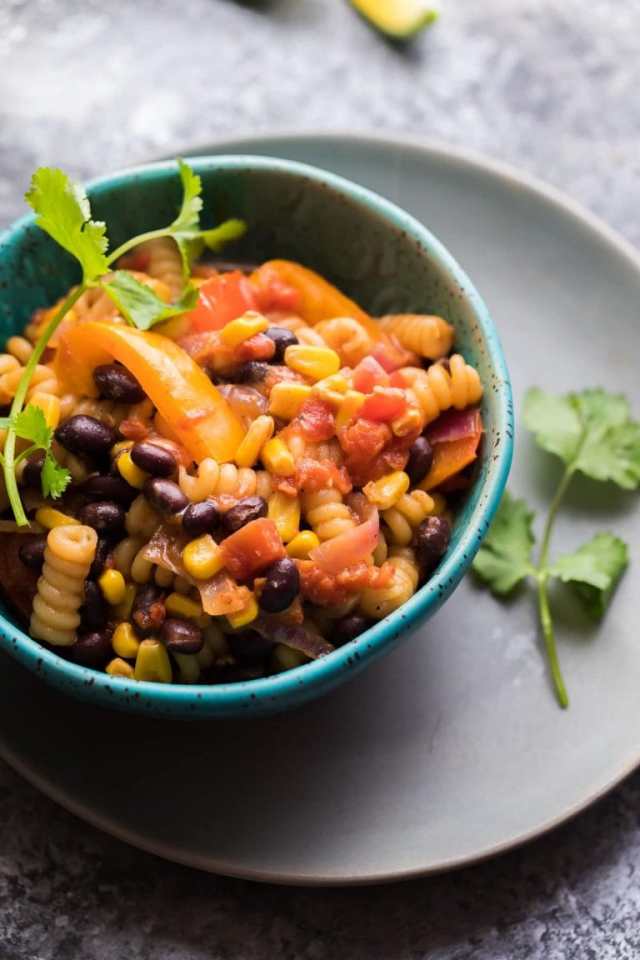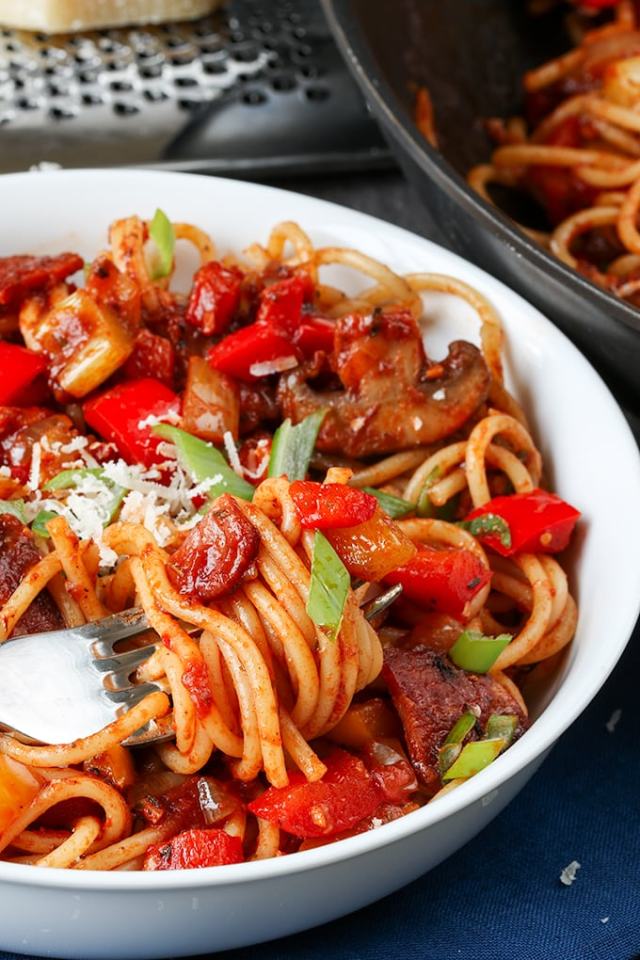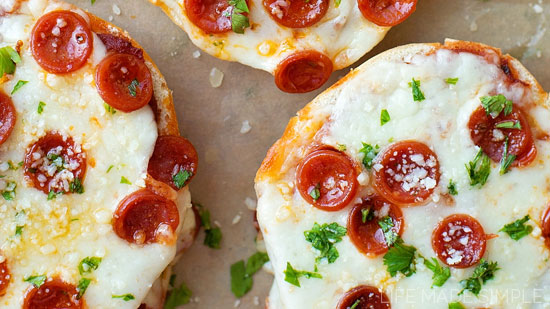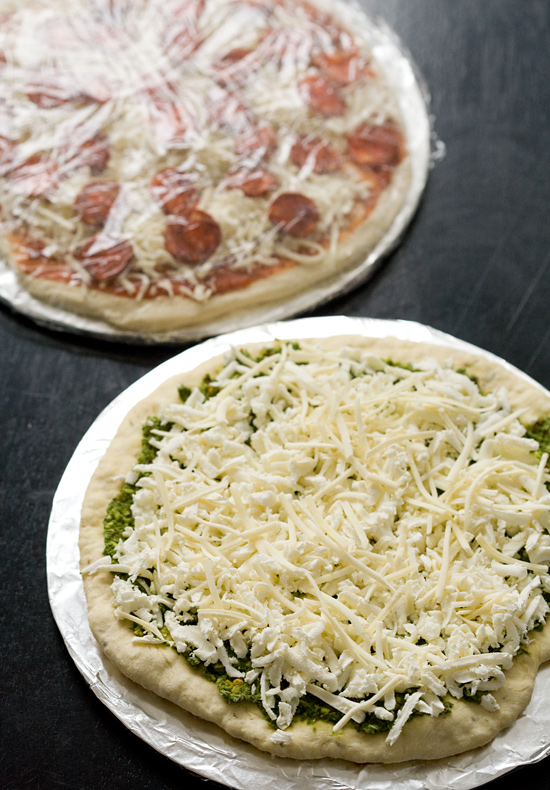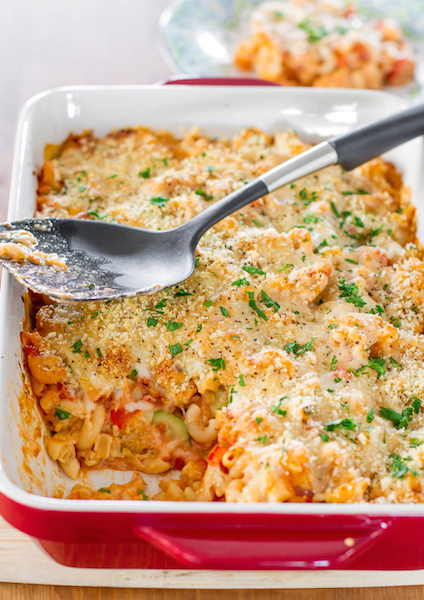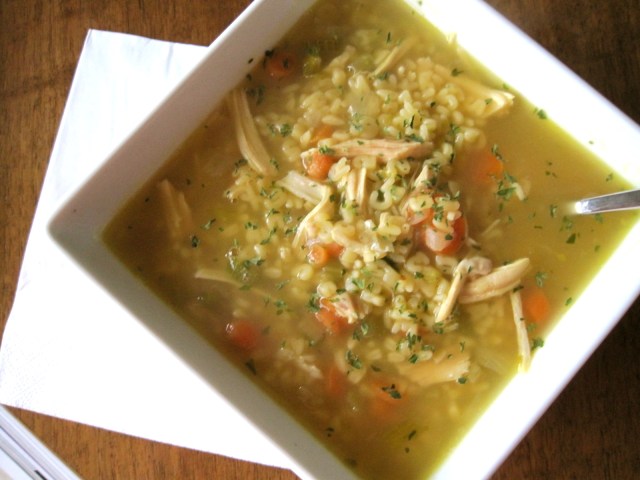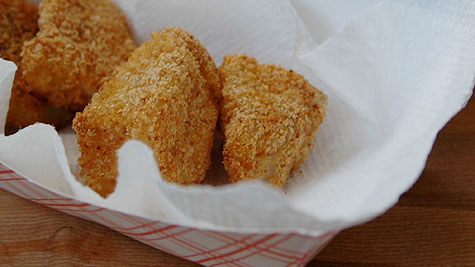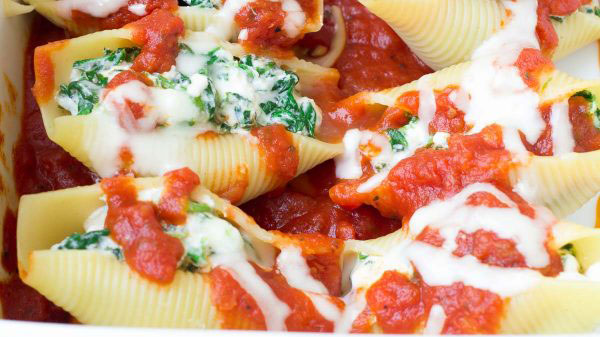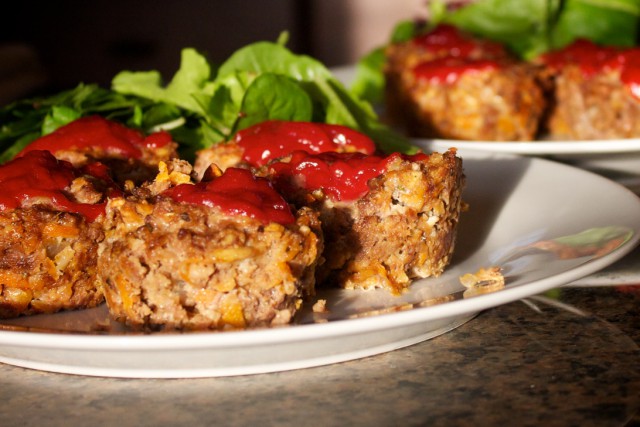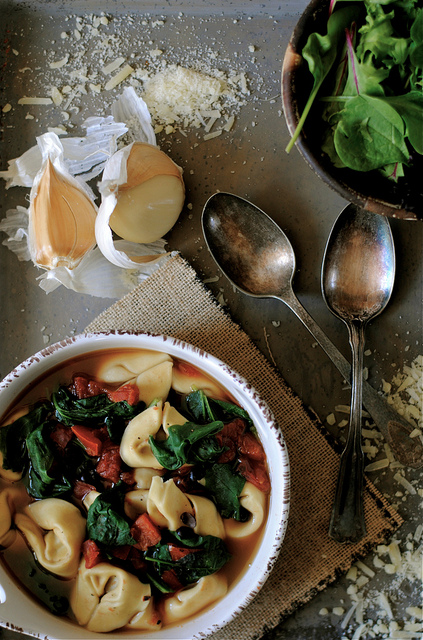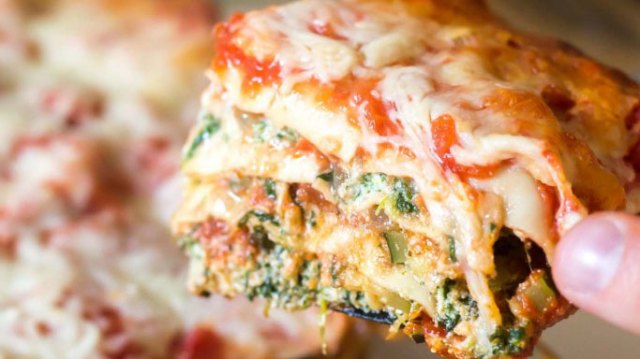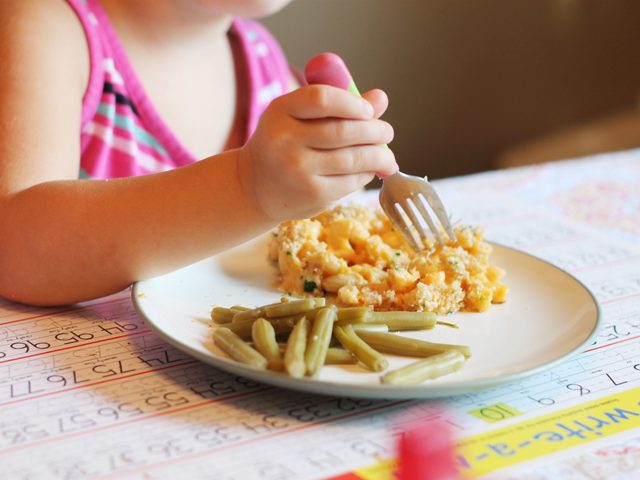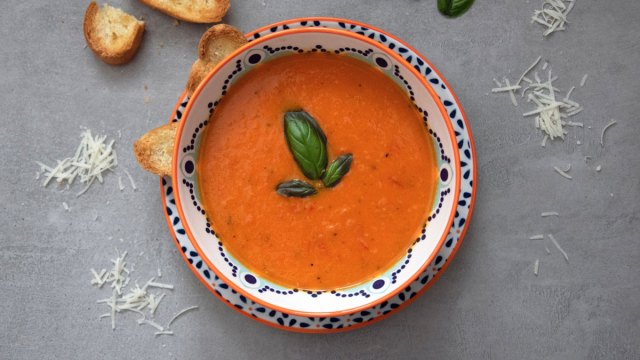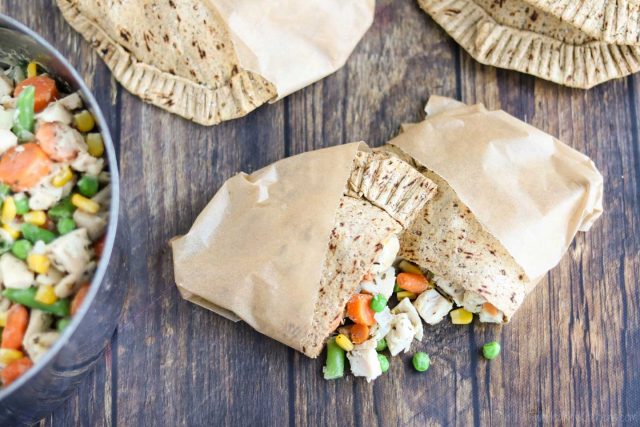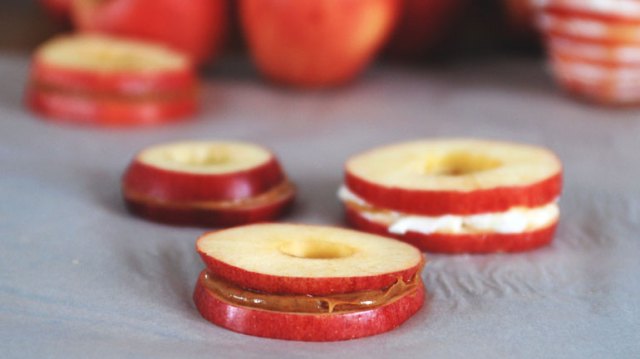Once you’ve finally mastered the milk-feeding routine, it’s on to adventures in solid foods. You’ll start with your baby exploring mashed bananas, nibbling on tender chicken, and sampling some applesauce, but then they’ll be hungry for a more consistent schedule—complete with between-meal bites. And let’s face it, kids quickly develop a knack for sniffing out snacks. While homemade options or mini-meals are ideal, there are times when you’re just too busy and lean on more convenient options. Whether you’re prepping your tot for daycare or packing up the diaper bag for a day at the park, having packaged baby snacks on standby is a must for your pantry (and your sanity!).
Finding boxed and bagged snacks for babies can be a challenge since they can’t eat just anything. As a dietitian mom, I try to be mindful of textures, sugar, and salt content, and it can be a struggle to find options that tick all those boxes. But don’t stress, we’ve done the work for you, so instead of endlessly scrolling the web, you can actually savor a few more sips of your reheated coffee. Here are some of my favorite packaged baby snacks.
Baby snacks for 6-12 months:
Bamba Peanut Butter Puffs
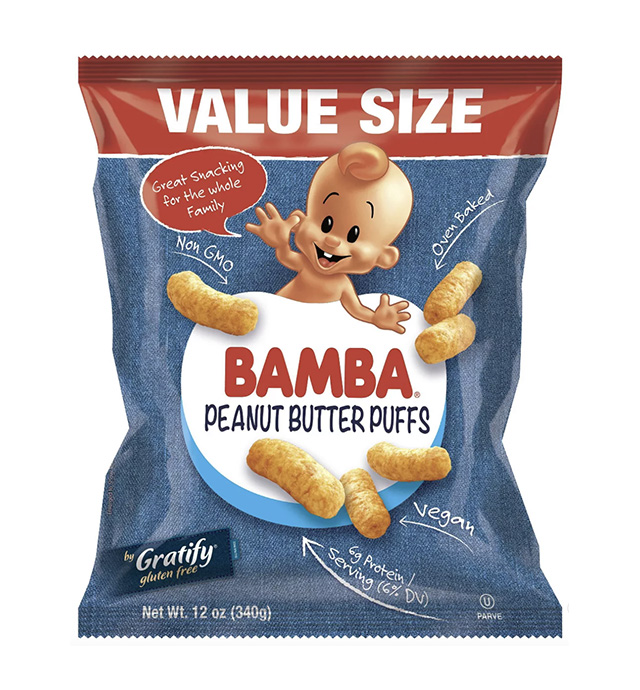
These puffs are the OG for introducing peanuts as a potential allergen to your baby. They’re made with a few simple ingredients and have a melt-in-your-mouth texture that infants adore. Plus, they’re the perfect size for little hands and encourage self-feeding. Though they have a bit of added salt, I stick to a handful for young babies and only really offer them for allergen exposure.
Little Bellies Organic Pick-Me Sticks
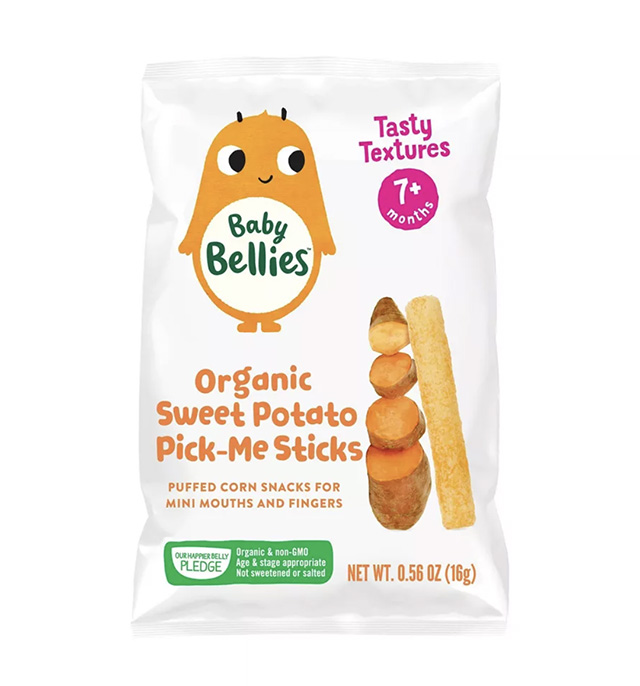
If you’re excited for your baby to feed themselves, you can encourage them with these fantastic puffed corn snacks. Their size and shape are just right for tiny hands, especially for babies still mastering their palmar grasp. The meltable sticks are suitable for ages 7 months and older and are sugar-free, salt-free, and organic.
Amara Smoothie Melts
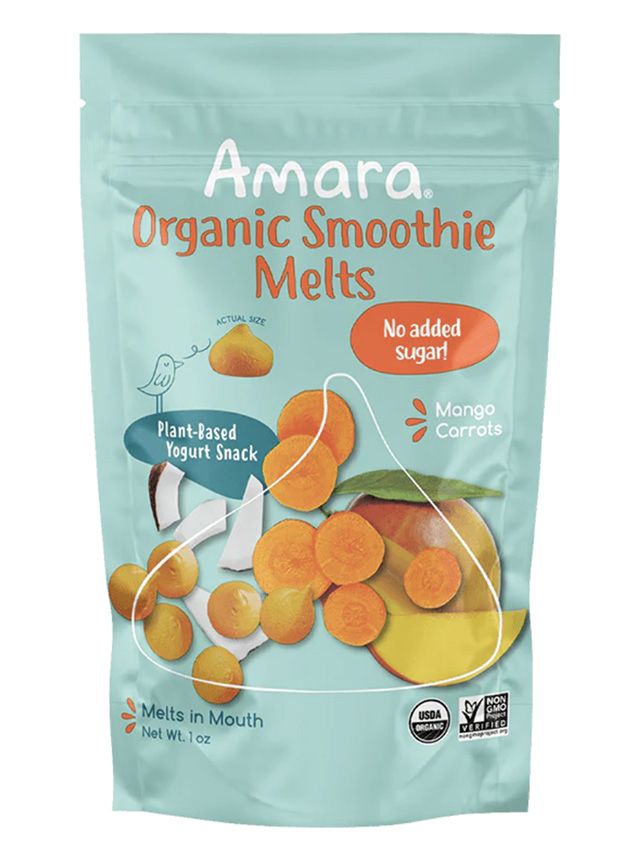
These cute meltables are like tiny smoothies that dissolve on your baby’s tongue. They’re perfect for little ones aged 10 months and up who are getting the hang of the pincer grasp, that cool trick of picking up small things between the thumb and index finger. They’re loaded with fruit, veggies, and coconut milk, and are free from added sugar. They’re also packed in resealable bags, making them super convenient to take on the go.
Fage Total 5% Greek Yogurt
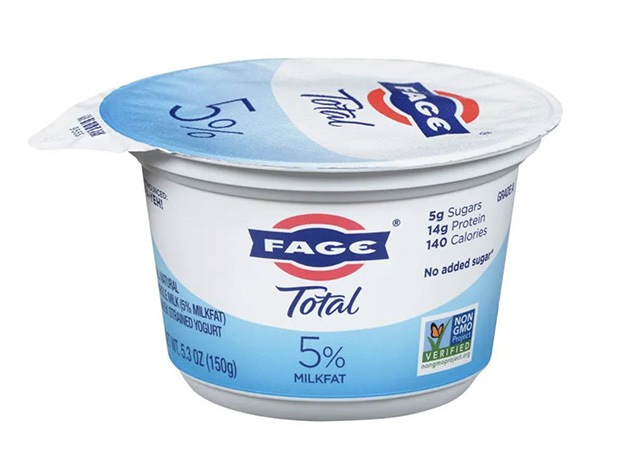
If there’s one thing I’d splurge on, it’s these yogurts. My kids can’t get enough of them! Unlike some other plain Greek yogurt varieties that can be a bit tangy, this one is incredibly creamy and smooth, without any tartness. And the best part? It’s loaded with 14 grams of protein per serving! I serve it on its own, mixed with fruit, or blended into smoothies for that dreamy creamy texture. These single-serving portions are the perfect grab-and-go option for busy days (just remember to toss them into an insulated lunch bag to keep them cool).
Kekoa Foods Pouches
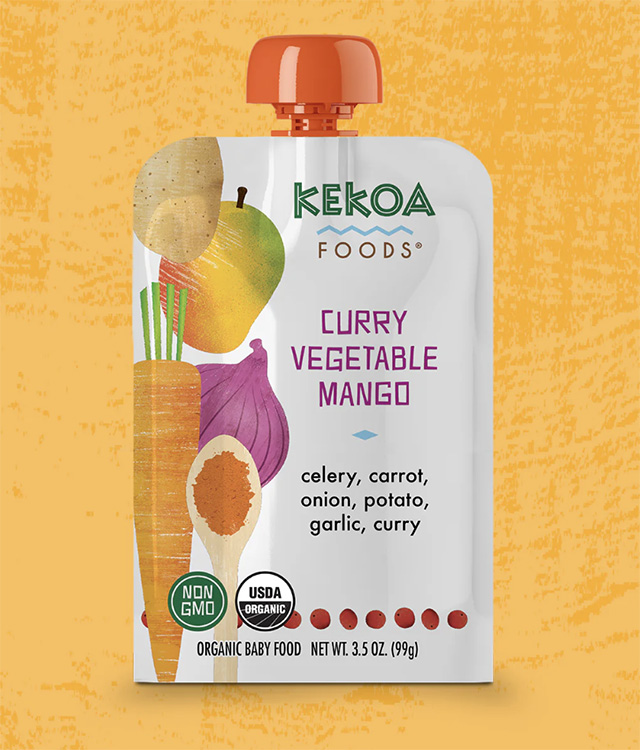
If you’re eager to introduce your baby to a world of flavors, give these Kekoa Foods pouches a try. I love that they offer unique blends like curry vegetable mango, apple and ginger, and mango paprika, perfect for broadening your baby’s palate while you’re out and about. They’re organic, free from added sugar, vegan, gluten-free, and definitely get our seal of approval!
Related: 9 Dietitian-Approved Packaged Costco Snacks for Kids
Baby snacks for 12+ months:
Cerebelly Smart Bars
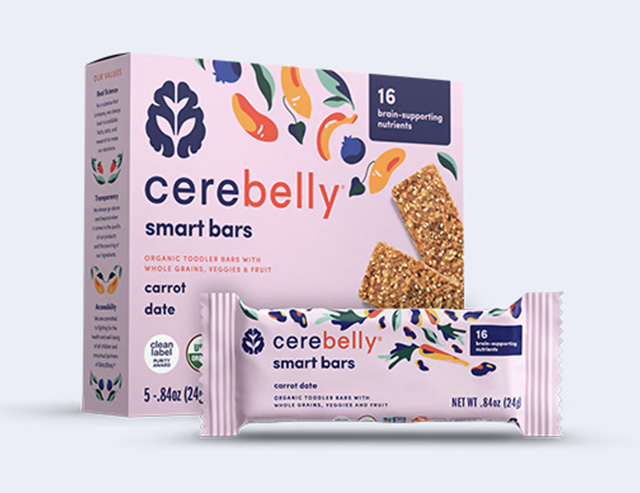
These nutrient-dense bars are loaded with all the good stuff, minus the added sugar. They’re available in a variety of yummy flavors like carrot-date, strawberry-beet, and apple-kale, and made with ingredients like sunflower seed butter, oats, fruits, and vegetables. Plus, they’re Clean Label certified, organic, vegan, gluten-free, and nut-free for extra peace of mind.
Once Upon A Farm Tractor Wheels
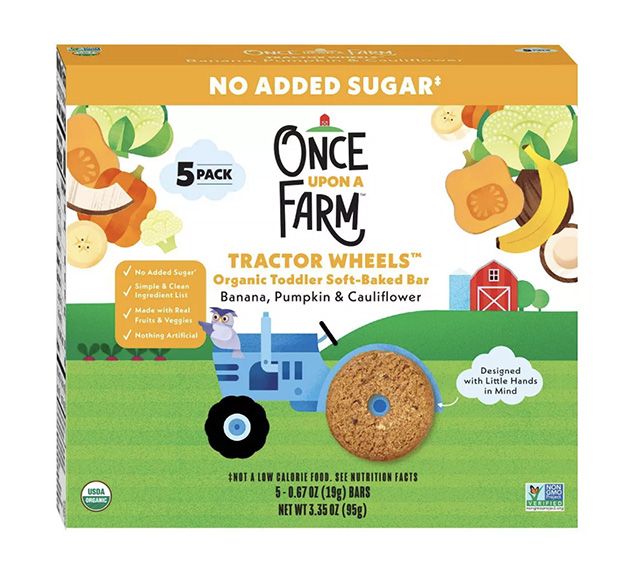
What could be more fun than a soft-baked bar shaped like a tractor wheel? These oat-based snacks are sweetened with fruit and baked with a mix of fruits and veggies. Each ‘wheel’ packs in 3 grams of fiber, which can be especially handy if you have a little one who’s struggling in the bathroom department.
Serenity Kids Grain-Free Puffs
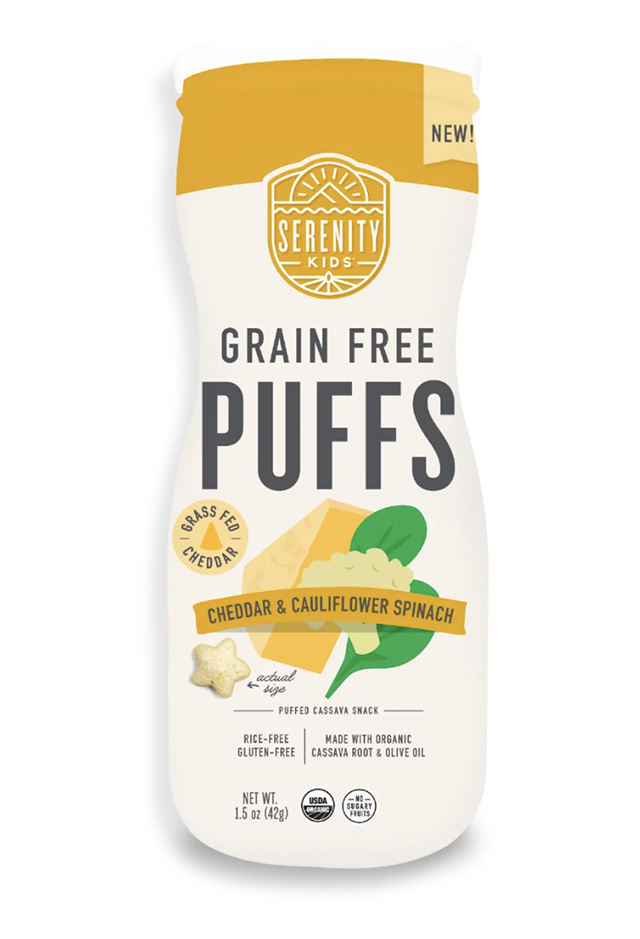
You know those times when you just need to occupy your kid for 20 minutes while you whip up dinner (or finally get to sit down for the first time in hours)? These bite-sized puffs will do just the trick. Kids love their irresistibly cheesy flavor, which makes them even more willing to practice putting their wee fingers into a pincer grasp. These puffs are gluten-free, nut-free, egg-free, and completely free from added sugar. Bonus: They pack 1 gram of protein per serving, giving you some precious hanger-free moments until dinner hits the table.
Once Upon A Farm Organic Dairy-Free Smoothie Pouches
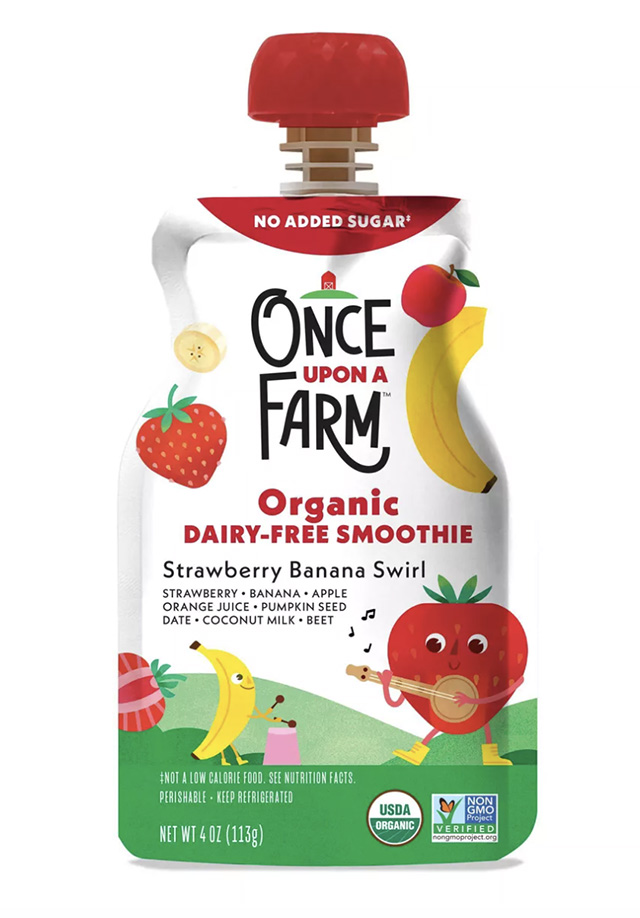
These are the ultimate pouches because they contain a perfect balance of nutrition, packing 3 grams of protein and 2 grams of fiber per serving. Made from whole-food ingredients like fruits, veggies, coconut milk, and pumpkin seeds, they’re are organic, free from added sugar, and incredibly convenient to toss into an insulated lunchbox. Yummy for kiddos under 12 months, too!
Happy Wolf Bars
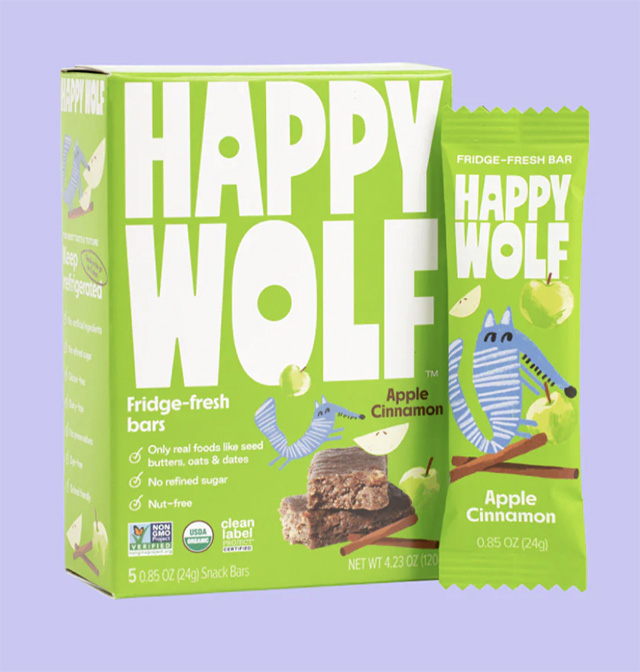
In my home, these bars disappear within minutes. Sweetened with dates and honey, they’re a delightful blend of oats, sunflower seed butter, and pumpkin seed butter. They’re also allergen-free, so my kids can safely take them to school or playdates. And with 3 grams of protein and 2 grams of fiber in each bar, they keep my brood happy between meals. Just a heads up: these bars contain honey, so make sure you’re offering them to kiddos aged 12 months and older.








